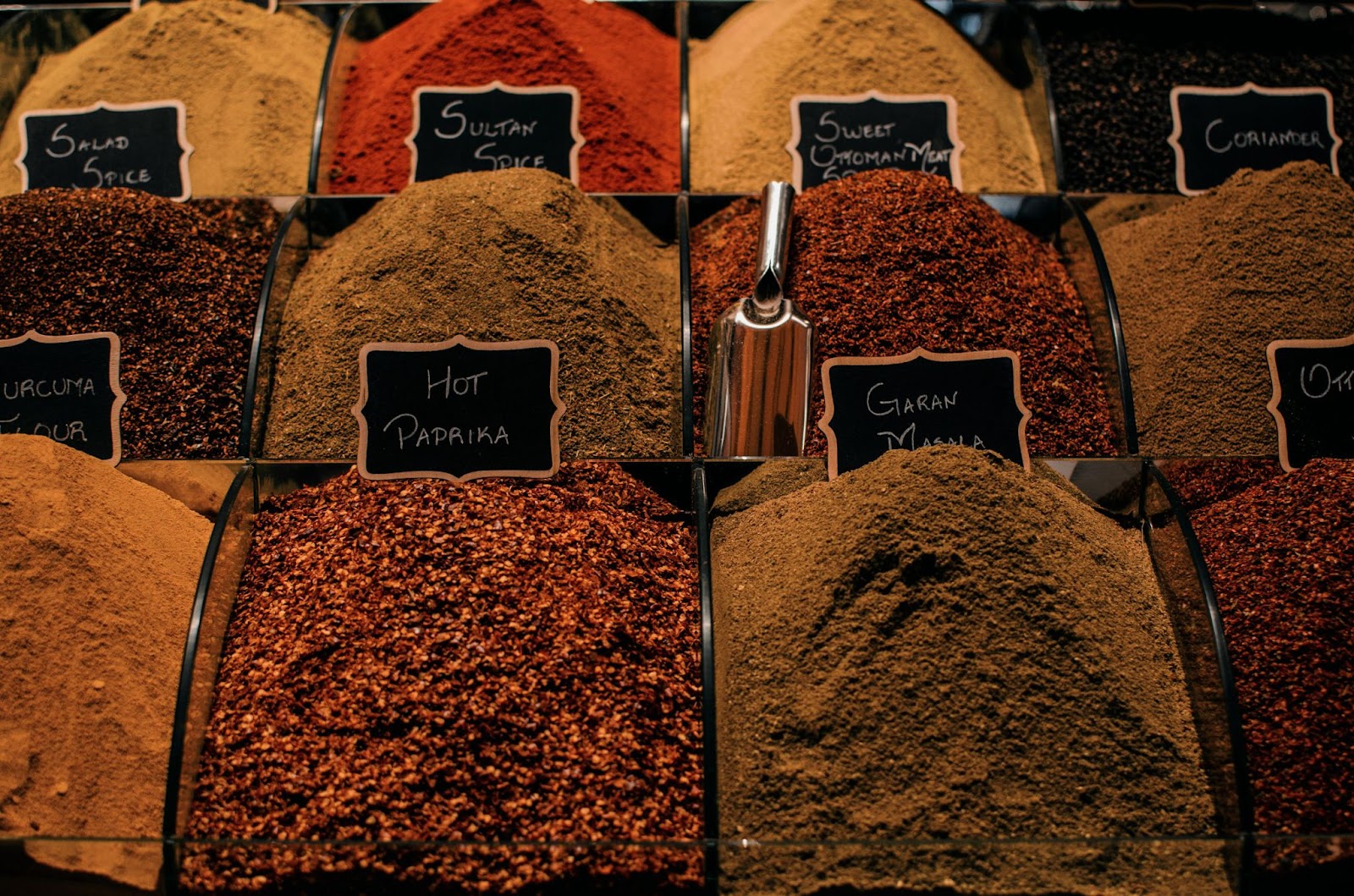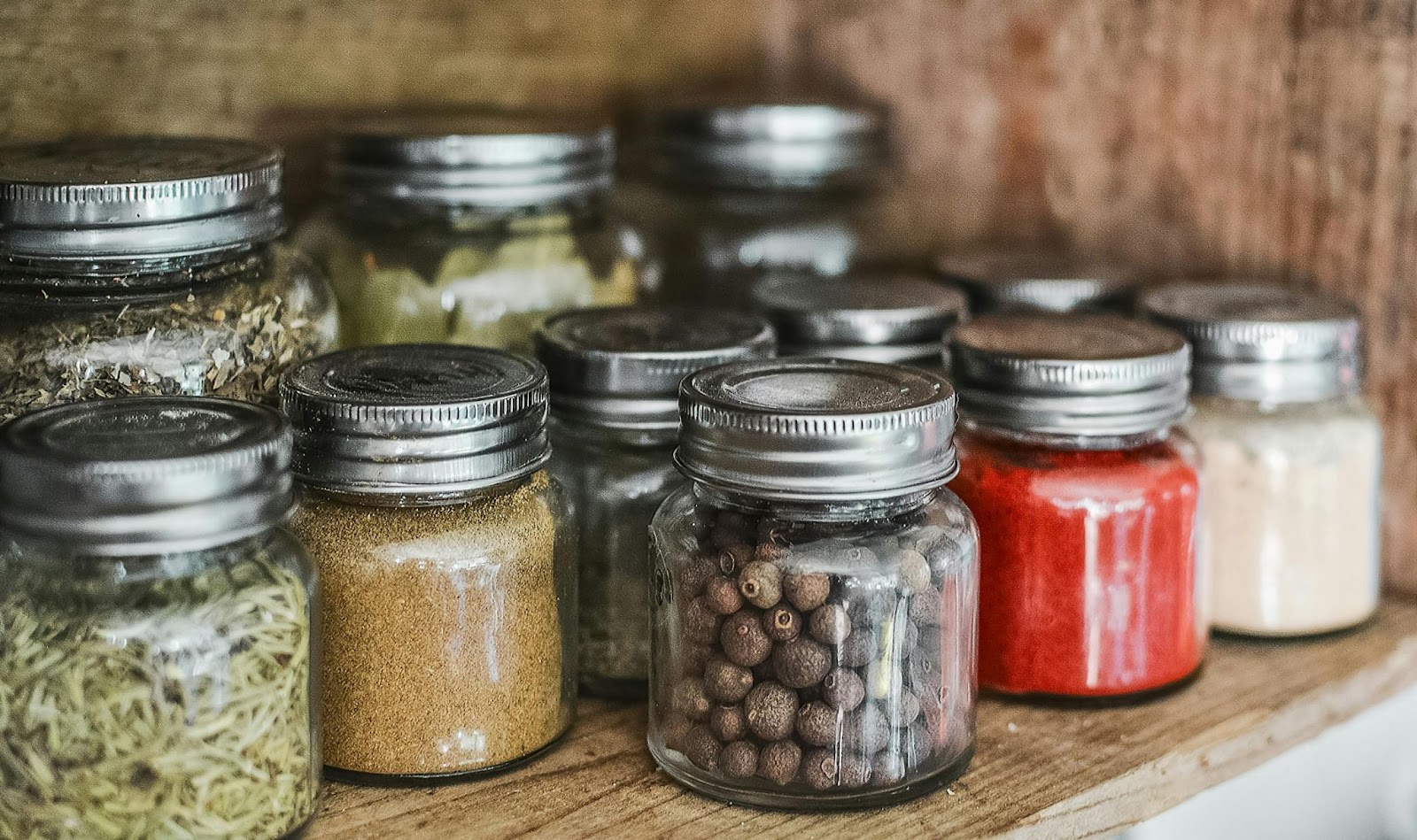 Guide to Properly Storing Fresh Herbs for Maximum Flavor and Aroma
Guide to Properly Storing Fresh Herbs for Maximum Flavor and Aroma
Storage Fresh Herbs
Proper storage of fresh herbs is crucial to preserve their aroma and flavor, enhancing the culinary experience. By storing herbs correctly, one can extend their shelf life and keep them fresh for longer periods, ensuring optimal taste and quality in dishes. Various herbs like basil, mint, parsley, and cilantro require different storage methods to maintain their freshness. Each herb has specific requirements to prevent wilting and loss of flavor. Understanding the unique characteristics of different herbs is essential for effective storage practices.
Preserving the freshness of herbs involves understanding the distinction between dry and moist storage techniques. Some herbs like rosemary and thyme prefer dry storage to maintain their flavor and texture. For dry storage, wrap the herbs loosely in a paper towel and place them in a plastic bag with pinholes for ventilation. This method helps extend the shelf life of sturdy herbs that can withstand dry conditions. On the other hand, herbs with delicate leaves such as basil and cilantro thrive in moist storage environments. To store these herbs, trim the stems and place them in a jar of water like fresh flowers. Cover the leaves loosely with a plastic bag and refrigerate. This technique keeps the herbs hydrated and fresh for longer periods, preserving their taste and aroma.
Each herb has its own characteristics that influence how it should be stored to maintain freshness. Basil, for example, should not be refrigerated but stored at room temperature with the stems submerged in water to prevent wilting. Parsley benefits from being stored in the refrigerator, wrapped in a damp paper towel and sealed in a plastic bag to retain moisture. Mint, known for its robust flavor, can be stored in the refrigerator to prolong its freshness. Wrap the mint leaves in a damp paper towel, place them in a sealed container, and store them in the refrigerator crisper. Cilantro stays fresh longer when stored like a bouquet in a jar of water on the counter or in the refrigerator. Understanding the specific storage needs of common herbs ensures they remain vibrant and flavorful, enhancing the culinary experience with fresh ingredients.
 Innovative Storage Solutions
Innovative Storage Solutions
- Mason Jars: Repurpose mason jars to store freshly cut herbs. Trim the stems, place some water in the jar, and cover the herbs with a plastic bag to maintain freshness.
- Herb Keeper: Create a DIY herb keeper by placing the stemmed herbs in a glass of water and loosely covering them with a plastic bag in the refrigerator.
- Ice Cube Trays: Preserve herbs in oil or water by freezing them in ice cube trays. Simply add chopped herbs to each ice cube compartment, cover with water or oil, and freeze for later use.
- Herb Savers: Invest in herb savers designed to keep herbs fresh for longer durations. These storage containers maintain the ideal humidity levels to preserve the herbs’ flavor and texture.
- Vacuum Sealers: Consider vacuum sealers for storing herbs. These devices remove air from the storage bags, extending the herbs’ shelf life by preventing oxidation and preserving freshness.
 Common Mistakes in Herb Storage
Common Mistakes in Herb Storage
When Storage Fresh Herbs, a common mistake is not avoiding moisture and mold. Excess moisture can cause herbs to deteriorate quickly, leading to mold formation. To prevent this, it’s crucial to wash and dry herbs thoroughly before storing them. Ensure they are completely dry to inhibit mold growth. Opt for methods like air-drying or using paper towels to remove excess moisture before storing the herbs in the refrigerator or freezer.
Knowing when to discard herbs is essential to maintain freshness and flavor. A mistake many make is keeping herbs past their prime, resulting in a loss of taste and aroma. Check herbs regularly for signs of wilting, discoloration, or a slimy texture, indicating spoilage. If herbs appear limp, discolored, or have a foul odor, it’s time to discard them. Fresh herbs are best used when vibrant in color, firm in texture, and fragrant.